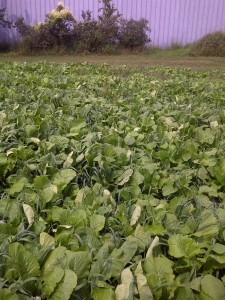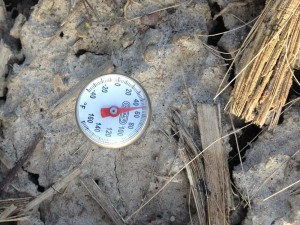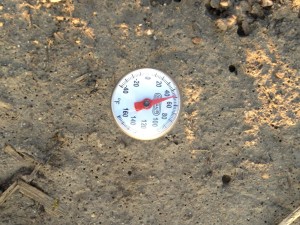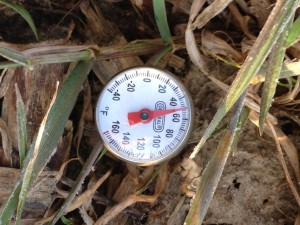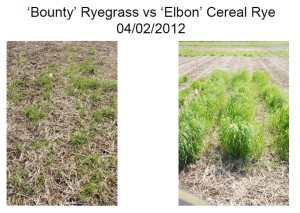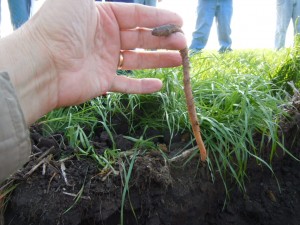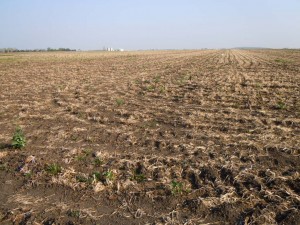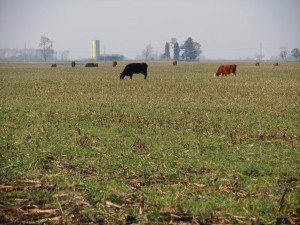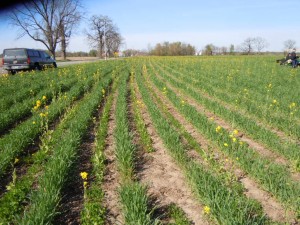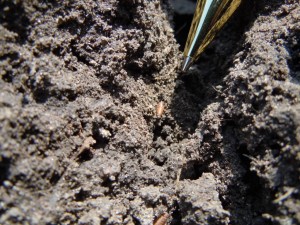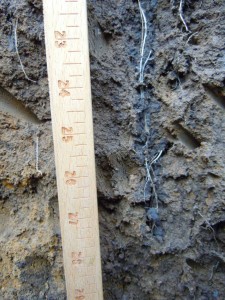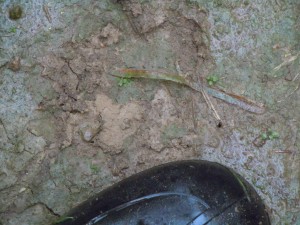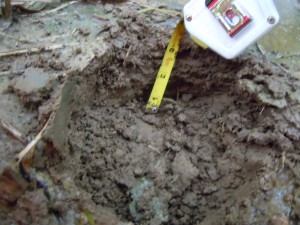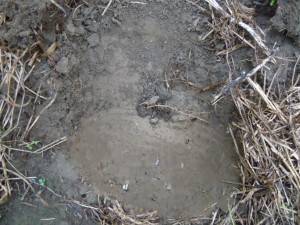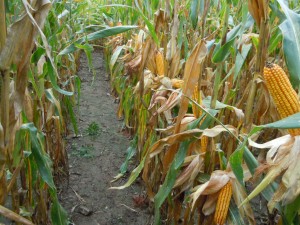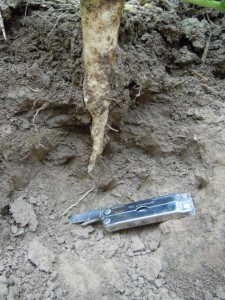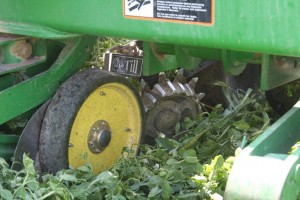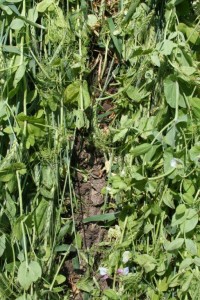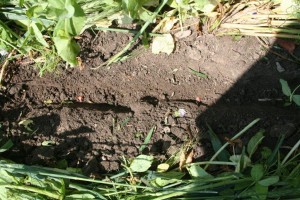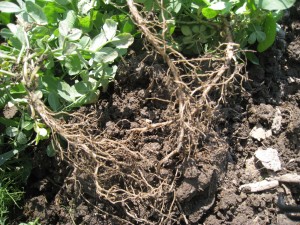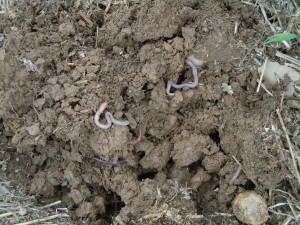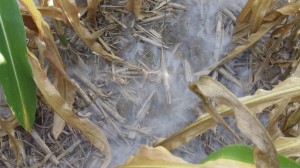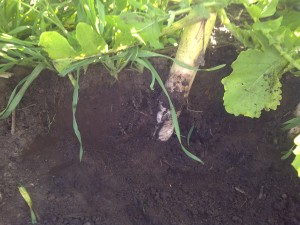
Cover Crops will be the main topic of discussion on September 4, 2013 at a cover crop field day and meeting in Blooming Prairie, MN. I have the privilege of speaking at this event as we look at cover crops on prevented plant acres. We will also look at what cover crops work best in the upper Midwest. We will be on Brad Hagan’s family farm and possibly look at Dale Ramsey’s farm too. Please note that we will be looking in root pits (where the action really is)!
I received this note from Legacy Seeds representative Andrew Heath about the field day/meeting:
“We plan on structuring the event much like an open house with designated times where you will be able to address the crowd. We will start the event at 10 am and have you speak from 11 to 11:45 and again at 1 to 1:45. There will also be transportation to the cover crop plot and some of the field that you, TJ, Brad and I visited earlier with root pits dug. This will happen from 12 to 1 and 2 to 3.”
I have seen the plots and have added photos here on this post to entice you to come if you are in the region.
As a side note, Hagan farms will be no-tilling corn into these fields in 2014. We’ll follow-up on these fields next spring and see how these fields compare to others that did not have a cover on them.
